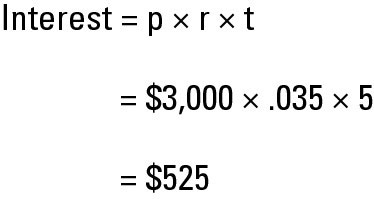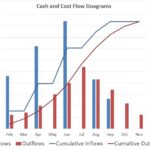Interest is the money paid for the use of borrowed money or the return on invested capital. The economic cost of construction, installation, ownership, or operation can be estimated correctly only by including a factor for the economic cost of money.
Simple interest: To illustrate the basic concepts of inter-est, an additional notation will be used:
F (N)=Future sum of money after N periods
Then, for simple interest,
F (1)= P +(P)(i)= P(1+i)
and
F (N)= P +(N)(P)(i)= P(1+ Ni)
For example: $100 at 10 percent per year for 5 yr yields
F (5)=100[1+(5)(0.1)]
= 100(1.5)
= $150
However, interest is almost universally compounded to include interest on the interest.
Compound interest
F (1)= P +(P)(i)= P(1+ i)
is the same as simple interest,
F (2)= F (1)+ F (1)(i)
Interest is applied to the new sum:

which is over 7 percent greater than with simple interest.
EXAMPLE:
In 1626 Willem Verhulst bought Manhattan Island from the Canarsie Indians for 60 florins ($24) worth of merchandise (a price of about 0.5 cents per hectare [0.2 cents per acre]). At an average interest rate of 6 percent, what is the present value (2001) of the Canarsies’ $24?
F = P(1 + i)N
= $24(1 + 0.06)375
= $7.4 x 1010
Seventy-four billion dollars is a reasonable approxima-tion of the present land value of the island of Manhattan.


